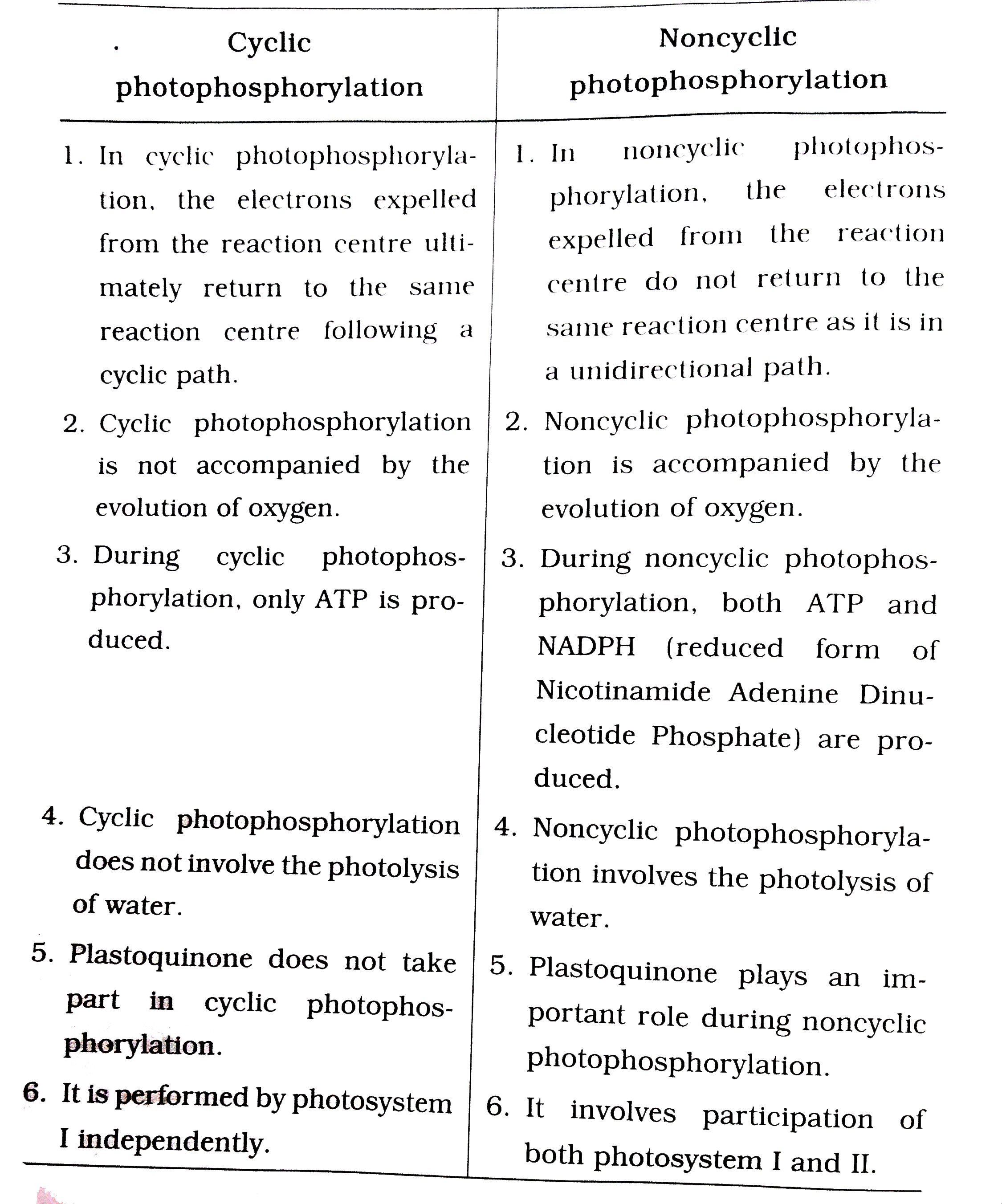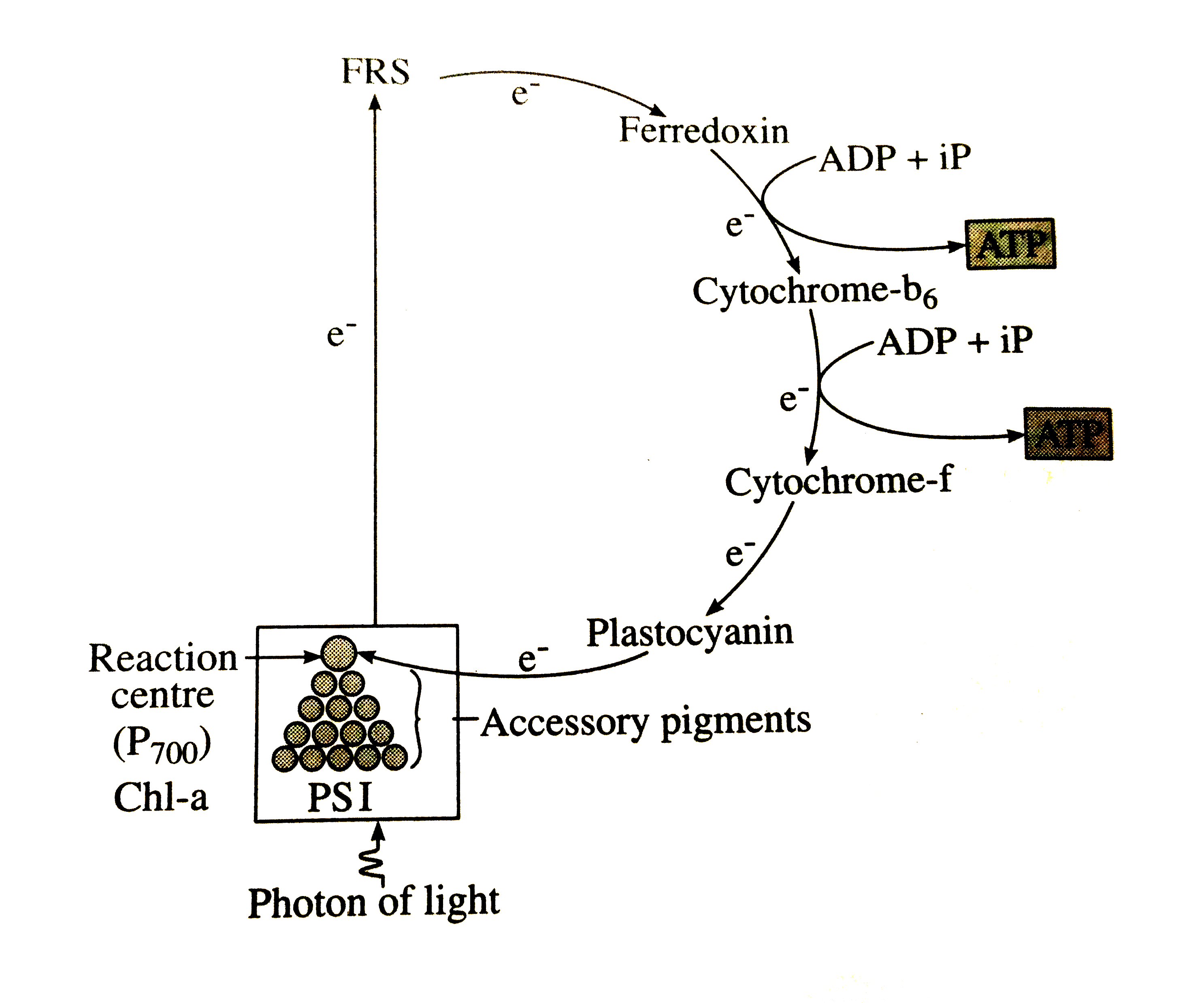InterviewSolution
This section includes InterviewSolutions, each offering curated multiple-choice questions to sharpen your knowledge and support exam preparation. Choose a topic below to get started.
| 18751. |
Question : Cynodon Dactylon (doob grass) is a natural _____ |
|
Answer» Allopolyploid |
|
| 18752. |
Question : Cymose inflorescence is not found in |
|
Answer» Dianthus |
|
| 18753. |
Question : Cyclosporine is useful in : |
|
Answer» PROPHYLACTIC for VIRUSES |
|
| 18754. |
Question : Cyclosporin and endosporins are the drugs that are used as |
|
Answer» ANTIRETROVIRAL drug |
|
| 18755. |
Question : Cyclosporin A obtained from |
|
Answer» bacteria |
|
| 18756. |
Question : Cyclosporin -A is an immuno supprenant . Suggest any one area where it can be used effciently Explan. |
| Answer» SOLUTION :Being an IMMUNO - suppresent , CYCLOSPORIN - A can be used in ORGAN transplant surgeries / pattent to overcome GRAFT rejection. | |
| 18757. |
Question : Cyclosporin - A is an immunosuppressive drug produced from |
|
Answer» ASPERGILLUS niger |
|
| 18758. |
Question : Cyclosporin A is produced by the fungus |
|
Answer» MONASCUS purpureus |
|
| 18759. |
Question : Cyclone collector is used for minimising |
|
Answer» RADIOACTIVE POLLUTION of environment |
|
| 18760. |
Question : Cyclic representation of silk moth's life cycle. |
Answer» SOLUTION :
|
|
| 18761. |
Question : Cyclic-photophosphorylation results in the formation of |
|
Answer» NADPH |
|
| 18762. |
Question : Cycling of materials in ecosystem is entirely dependent upon |
|
Answer» Producers and consumers |
|
| 18763. |
Question : Cyclic photophosphorylation results in the formation of: |
|
Answer» ATP and NADPH |
|
| 18764. |
Question : Cyclic Photophosphorylation links to |
|
Answer» PS-II |
|
| 18765. |
Question : Cyclic Photophosphorylation produces |
|
Answer» ATP |
|
| 18766. |
Question : Cyclic photophosphorylation occurs when only light of wavelengths _______ are available.(i)Below 680 nm (ii)Beyond 680 nm (iii)400 nm and below (iv)Beyond 400 nm |
|
Answer» Below 300nm |
|
| 18767. |
Question : Cyclic and Noncyclic photosphorylation. |
Answer» SOLUTION :
|
|
| 18768. |
Question : Cyclic photophosphorylation. |
Answer» SOLUTION :
|
|
| 18769. |
Question : Cycas shows I. sunken stomata. II. Presence of companion cells. III. Collateral and openvascular bundles. IV. Xylem vessels. |
|
Answer» II and III |
|
| 18770. |
Question : Cycas possesses two cotyledons but is not a dicot because of : |
|
Answer» COMPOUND leaves |
|
| 18771. |
Question : Cycas ovule is: |
|
Answer» ANATROPOUS unitegmic |
|
| 18774. |
Question : Cycas have two cotyledons but not included in angiosperms because of:- |
|
Answer» NAKED OVULES |
|
| 18775. |
Question : Cycas is: |
|
Answer» Monoecious |
|
| 18776. |
Question :Cycas has two cotyledons but not included in angiosperms because it has :- |
|
Answer» No VESSELS |
|
| 18777. |
Question : Cycas and ferns resemble each other in possessing |
|
Answer» siphonogamous fertilisation |
|
| 18778. |
Question : Cycas and Adiantum resemble each other in having :- |
|
Answer» Cambium |
|
| 18779. |
Question : Cyanogen bromide was used by Eli-Lily and Genetec for |
|
Answer» Separating INSULIN from B-galactosidase |
|
| 18780. |
Question : Cyanogen bromide is used in |
|
Answer» GENETIC fingerprinting |
|
| 18781. |
Question : Cyanobacteria which live endozoically in protozoans are called |
|
Answer» necridia |
|
| 18782. |
Question : Cyanobacteria differes from bacteria in many respects in : 1. Complete absence of flagella 2. Presence of both PS I, PS II 3. Photosynthesis is anoxygenic 4. Carotenes and Chlorophylls are present |
|
Answer» `1,2,3` are CORRECT |
|
| 18783. |
Question :Cyanobacteria are useful biofertilisers in the fields of |
|
Answer» Wheat |
|
| 18784. |
Question : Cyanobacteria are commonly called______. |
|
Answer» Archaebacteria |
|
| 18785. |
Question : cValue (constant value) of DNA refers to |
|
Answer» total amount of DNA PER somatic cell |
|
| 18786. |
Question : Cutting and re-joining of DNA fragments for construction of r-DNA is called(A) Gene cloning(B) Gene splicing(C) Gene counselling(D) Gene synthesis |
|
Answer» GENE CLONING |
|
| 18787. |
Question : Cutting and Grafting. |
Answer» SOLUTION :
|
|
| 18788. |
Question : Cushing's syndrome is characterised by ………… . |
|
Answer» EXCESSIVE GROWTH of ADRENAL gland |
|
| 18789. |
Question : Cuscuta is an example of |
|
Answer» BROOD PARASITISM |
|
| 18790. |
Question :The curve showing the rate of photosynthesis at different wavelengths of light is: |
|
Answer» |
|
| 18791. |
Question : Cuscuta and vanda are growing on a mango tree. Which plant makes harm to mango tree.Justify your answer. |
| Answer» SOLUTION :CUSCUTA makes HARM, it isa parasite that derives its nutrition from the host plant | |
| 18792. |
Question : Cuscuta and hedge plant - parasitism Orchid and mango tree - _____ |
| Answer» SOLUTION :COMMENSALISM | |
| 18793. |
Question : Currently which of the following methods is largely selected in India? |
|
Answer» CERVICAL CAP |
|
| 18794. |
Question : Curling mechanism of autochaory is found in |
|
Answer» IMPATIENT possifloria |
|
| 18795. |
Question : Curing of tea and tobacco leaves is done to develop flavour and remove bitterness. It is due to the |
|
Answer» ACTIVITY of CERTAIN bacteria |
|
| 18796. |
Question : Curdling of milk in the stomach is due to the action of - |
|
Answer» Pepsin |
|
| 18797. |
Question : Curd is prepared by adding small amount of ............ in required milk.(A) Curd(B) Butter milk(C) Curd or buttermilk(D) None |
|
Answer» Curd |
|
| 18798. |
Question : Why is curd more nutritious than milk ? |
| Answer» Solution :Curd CONTAINS more vitamin `B_(12)`. | |
| 18799. |
Question : Curd enhances the amount of which of the following vitamin |
| Answer» Answer :B | |
| 18800. |
Question : Cultivation of Bt cotton has been much in the news. The prefix Bt means: |
|
Answer» 'Barium treated'' cotton seeds |
|